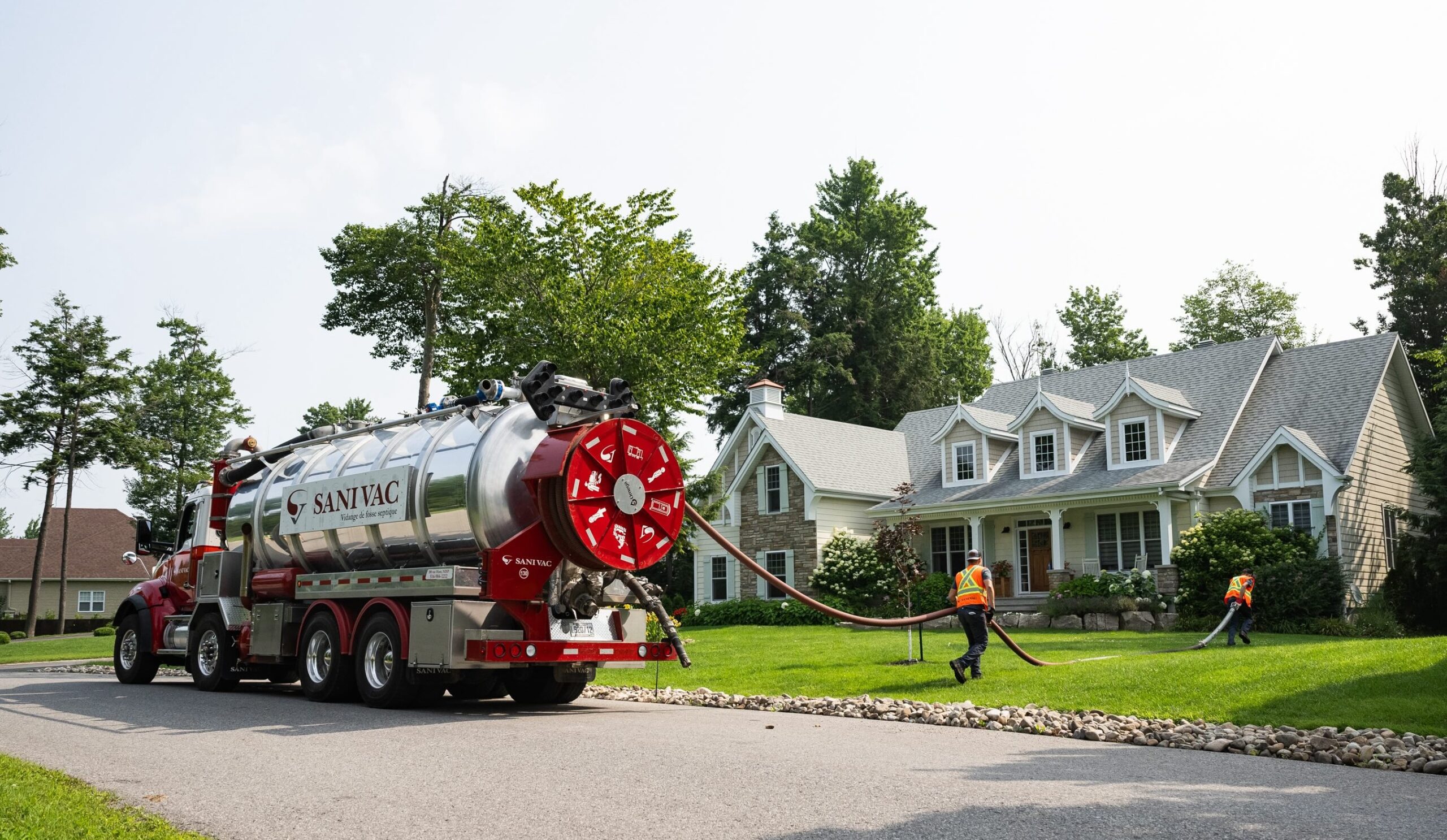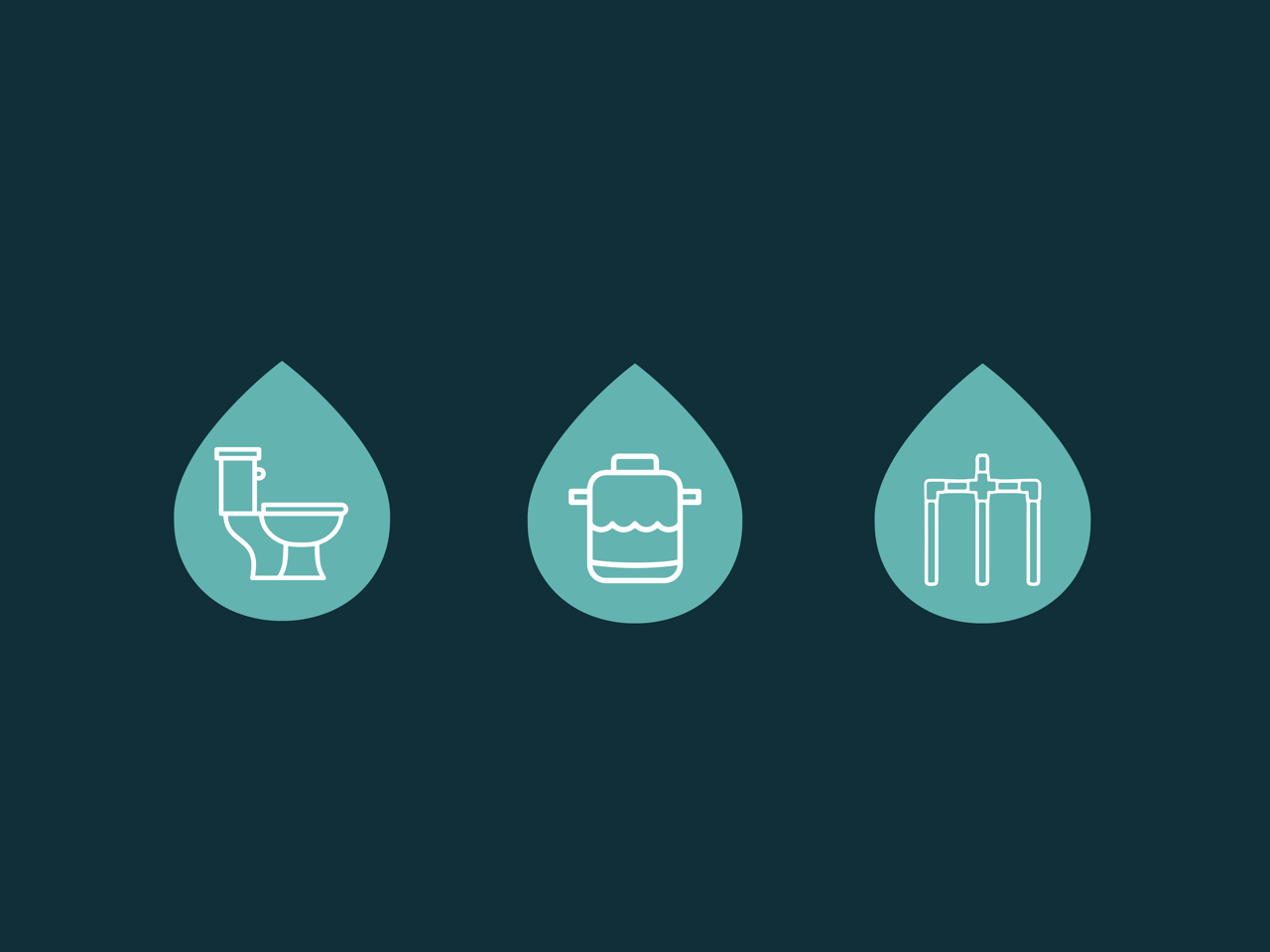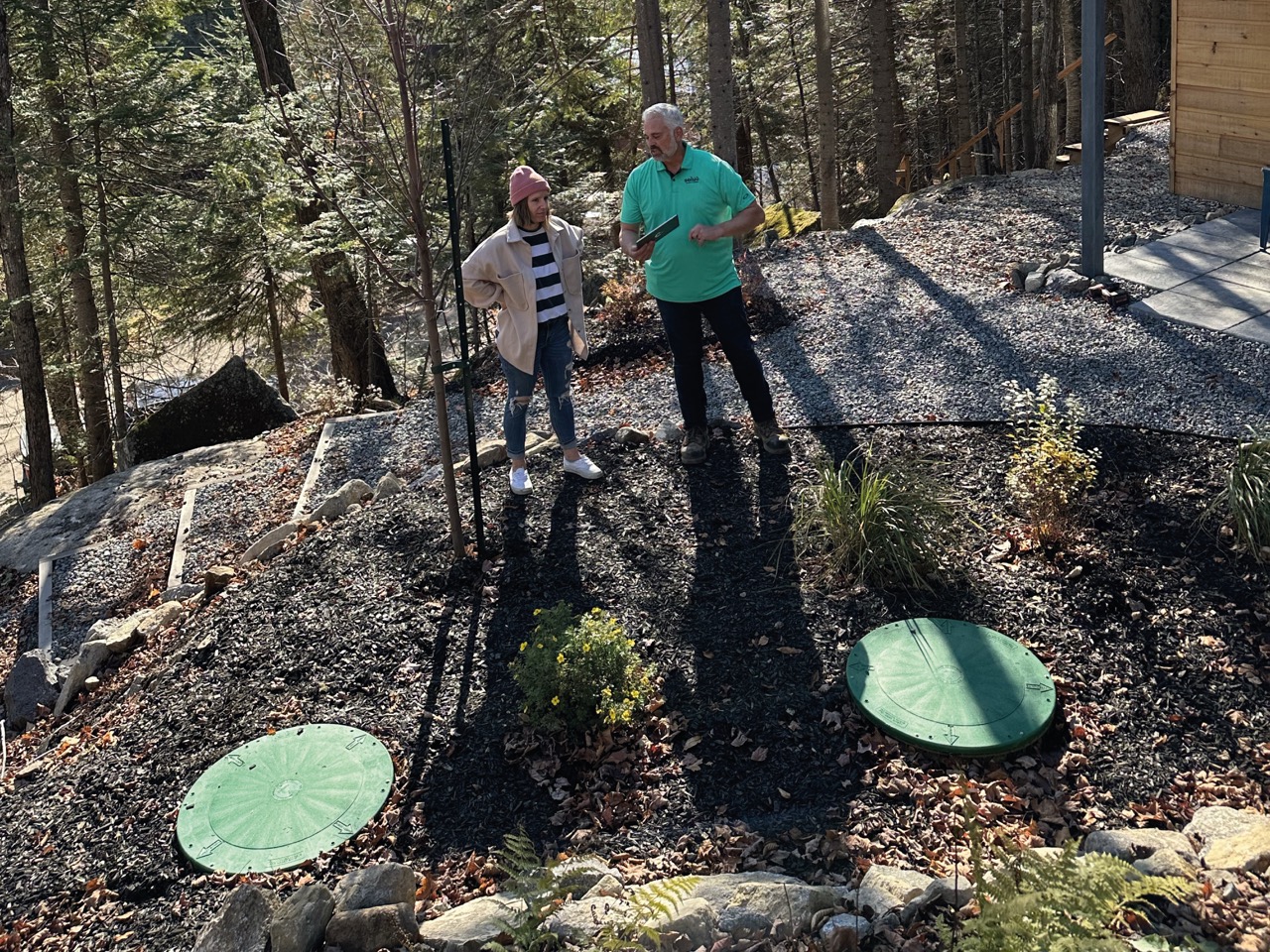Although this question may seem simple, it is essential to first understand the basics of operation of a septic system in order to fully understand the elements that can have an impact on its lifespan. We invite you to read our article on how a septic system works to learn more about the subject.
In general, a classic septic system can have an average lifespan of between 15 and 25 years and a septic system with advanced secondary treatment an even longer lifespan.
The main factor that influences the lifespan of a septic system is how it is used. For example, a septic system built for 4 bedrooms, used by a single person should have a much longer lifespan since it uses only 25% of its capacity.
Unfortunately, during a real estate transaction, it is very difficult to know what the real use of an installation has been in recent years. It is therefore practically impossible to establish whether the septic system will soon reach the end of its life.
However, several key elements can be observed on site in order to have a good idea of the life expectancy of the septic system. Here are some of those elements:
A. Use of the septic system
- When using water in the house, bubbles are heard or the water drains more slowly than usual.
- When there is a backflow in the house.
B. Condition of septic tank or secondary treatment system
- When there is backflow in the house.
- The lids of my septic tank, my cesspool or my secondary or tertiary treatments are damaged and foul odors are coming from them.
- Water is overflowing from the lids of my pit or from one of my secondary or tertiary treatments.
- When I open one of the lids, the water and sludge is over the pipes.
C. Purifier Element Condition
- The vegetation or grass is really greener where the water infiltrates
- The surface of the purifier element is soaked with water when I walk or there is water at the bottom of the embankment of the purifier element.
- Nauseating odors are noticeable where the purifying element is located.
- A dark trace or a flow of mud seems to have escaped from the purifying element.
These elements are only the main indicators that your septic system may be at the end of its life. However, some of these can also show us that part of your installation is faulty but that your septic installation is not at the end of its life.
This is why it is essential that, as soon as a problem arises with your septic system, you call on a professional to guide you in solving it. This will prevent this problem from generating new ones that could have an impact on the total life of your septic system, or even worse contamination of your drinking water.
Do you have questions about your current septic system? Contact a Soluo expert today to learn more.

About the Author
Étienne Gaudette
Chief Executive Officer (CEO)
Étienne Gaudette is the president of the Soluo Group, a company specializing in inspection, design and residential septic installation work serving the majority of regions of Quebec for more than 30 years. Thanks to his creative mind and his background in marketing consulting and as director of the group of experts in decentralized water management at Réseau Environnement, Étienne brings a unique vision to the on-site sanitation industry in Quebec in order to bring together the all industry players for the benefit of Quebecker. One goal: Change the world, one septic installation at a time.
You liked this post?
Share
More tips and advice here
Waste that accumulates in a septic tank must be removed regularly to allow the system to continue operating efficiently. The process, which is also […]
Your septic system can last decades, provided you maintain it well and are responsive when you suspect an anomaly. Adequate monitoring not only ensures […]
Has your septic system reached the end of its useful life? Do you want to build on land not serviced by a municipal sewer […]


